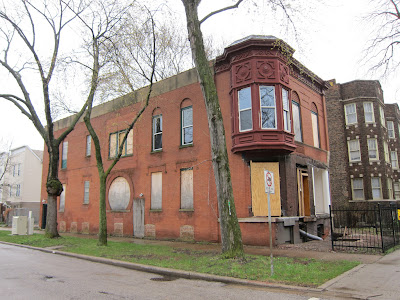A few years ago, down in Alabama, I led a group of students in the construction of a fence made of scrapped road signs. I had long been fascinated by road signs -- the graphics, the reflective surface, the raw materiality of 1/8" solid aluminum -- and finally had a stockpile, donated by the county, to play around with. The fence was fairly straightforward: we just cut the signs into strips, which then served as pickets on a conventional wood frame. Offcuts and stop signs were pieced together to make gates, doors, and roofs for shade structures.
The daycare fence and H.E.R.O. community garden gave me a chance to experiment with techniques for cutting the signs. Aluminum is fairly soft, and I found a carbide-toothed finishing blade (60 teeth) jacked into a regular circular saw to be a simple, effective solution. We also tried a similar blade in a table saw, but the kickback and strain on the motor was kind of nasty.
The daycare fence and H.E.R.O. community garden gave me a chance to experiment with techniques for cutting the signs. Aluminum is fairly soft, and I found a carbide-toothed finishing blade (60 teeth) jacked into a regular circular saw to be a simple, effective solution. We also tried a similar blade in a table saw, but the kickback and strain on the motor was kind of nasty.
 |
| The Road Sign Lounger. |



